Inca Design, Architecture and Technology
Machu Picchu & Ollantaytambo
Peru, South America
While in Peru in January I found myself at two sites where examples of Inca architecture and design could be observed in its finest form. Here below follows a visual tour.
[click to view slides]
Immediately noticeable was the combination of strength, functionality, durability and visual appeal. Aesthetics always played a role for the Inca, although it took much, much longer than today to construct buildings, walls and cities. The Incas had no power tools of any kind to assist them in the shaping of stones. It had to be done manually and these varied from hard granite rocks and blocks to pica and limestone. Many of the exact methods applied back then, to split, carve and polish rocks are unknown today, but it is thought that water, copper tools and other stones were used for polishing in order to obtain smooth shapes and surfaces.
In most cases stones were prepared away from the sites where they were to be used, which meant that measurements had to be taken first, then the stones or rather bricks had to be meticulously carved and polished at the quarry and from there transported to the sites for an exact fit on arrival. Needless to say, in today’s context, this was a remarkable feat and points to a highly advanced civilization who used the minimum to achieve the maximum – through ingenuity, intelligence, creativity and hard work, without waste and while remaining in harmony with the environment.
Worth mentioning is that in Machu Picchu we can see cases where there are slight gaps between some of the large carved stone bricks – these unusual spaces are attributed to earthquakes [Image 14]. Resistance to earthquakes was a built-in feature of Inca architecture and afterwards rocks would usually settle back into their places. At Ollantaytambo, The Wall of the Six Monoliths (Image 22) is especially impressive for its precision carving, seamless fit and artistic features, and how these 50 ton rocks were transported remains a mystery.
The Inca’s were not short on technology either and at Machu Picchu, which was once the educational centre of the Inca empire, we can see an Inca sun clock [Image 16], an Inca mirror [Image 17] which was also used to see the reflection of the stars at night, and an Inca Compass [Image 24].
An interesting element of Inca design that I noticed is that in some ways it resembles Egyptian design (for example the doorways) and the first time I heard the local Quechua language in the Cusco area, it had an Arabic ring to my ear, so there may well be some truth in speculation that in ancient times the Incas might have been in contact with the Egyptians – or that their descendants may even have heralded from there.
– by Jean-Jacques
Visiting Peru – January 2016
Photography by Jean-Jacques M.
Information from guides & internet research
Copyright © 2016 – All Rights Reserved – Gypsy Café
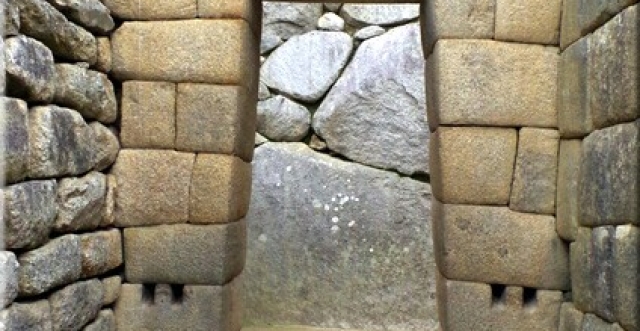


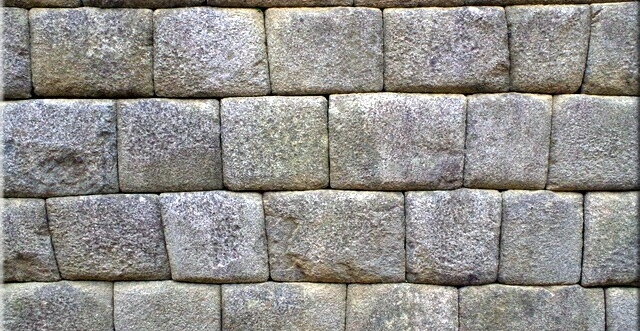
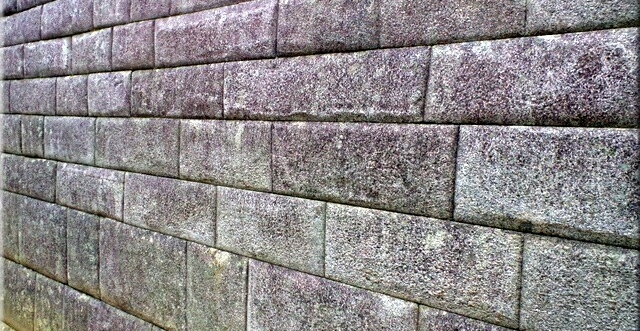

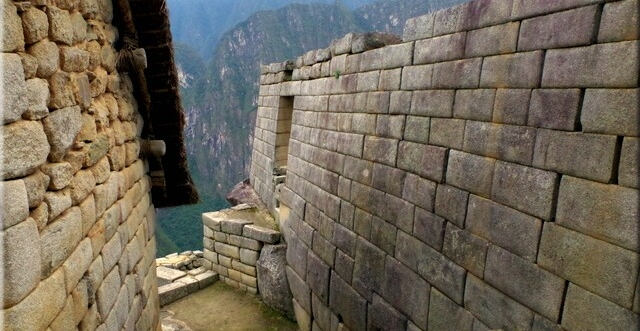
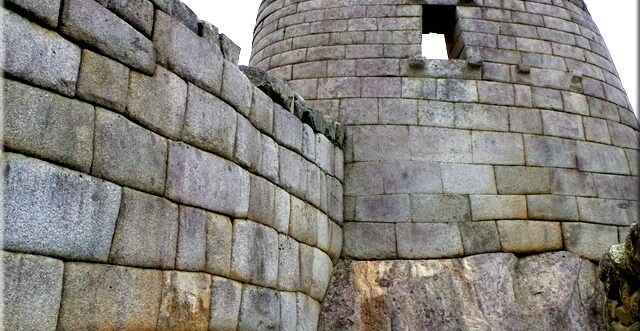
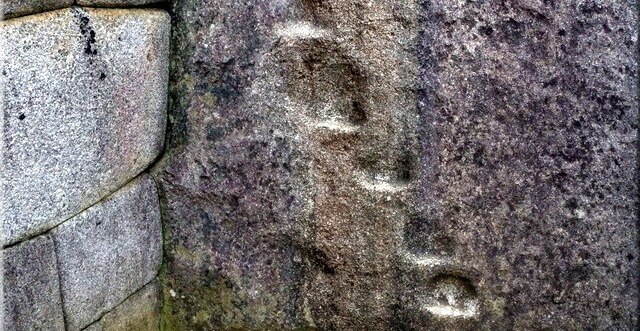

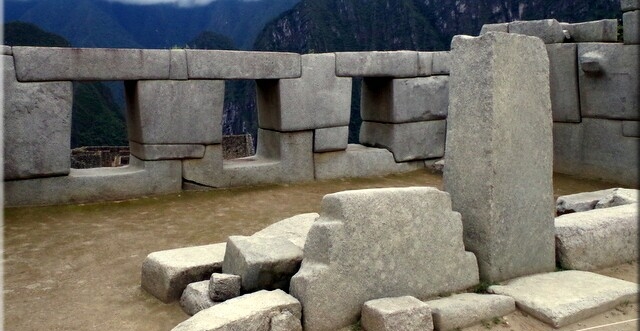

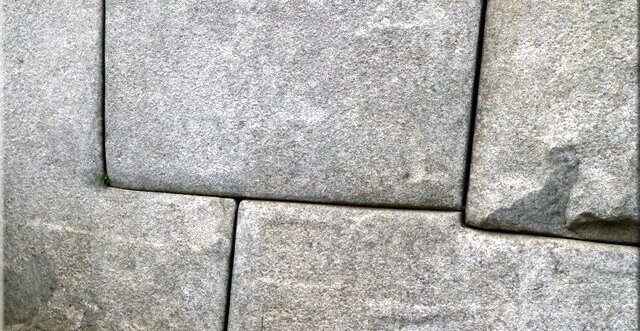

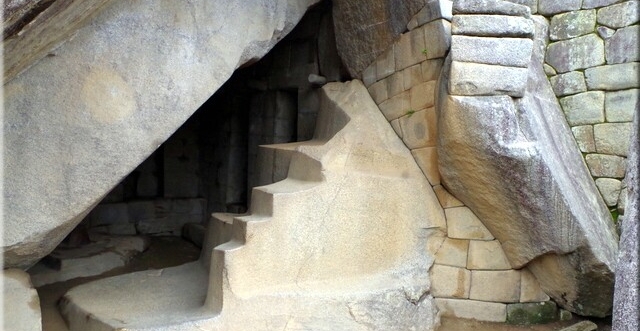
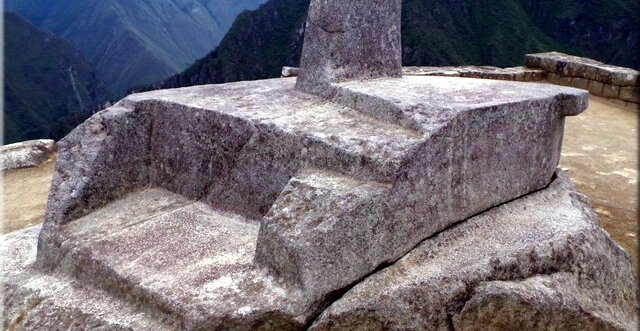
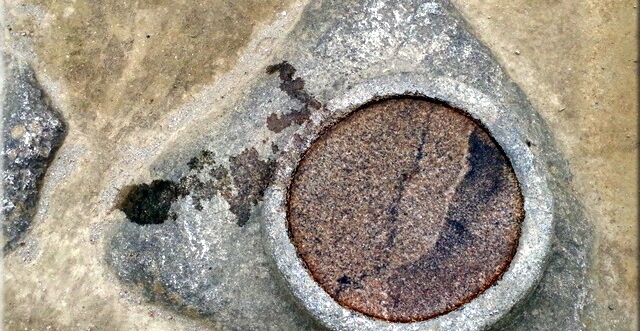
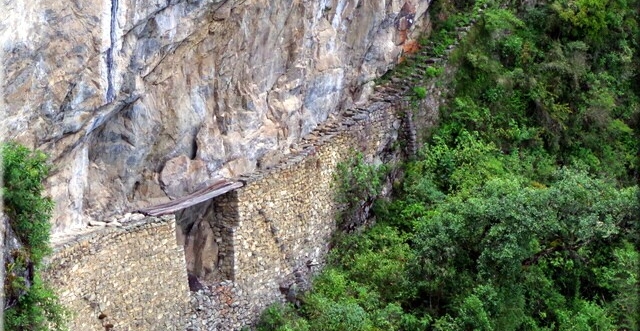
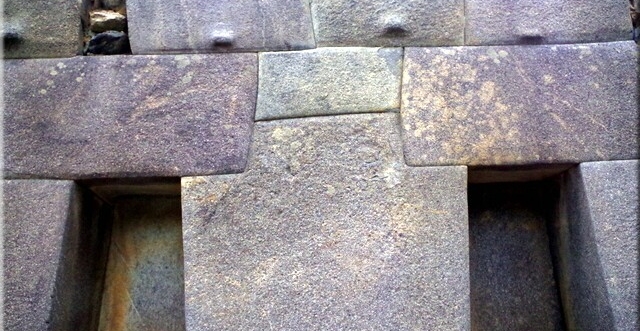
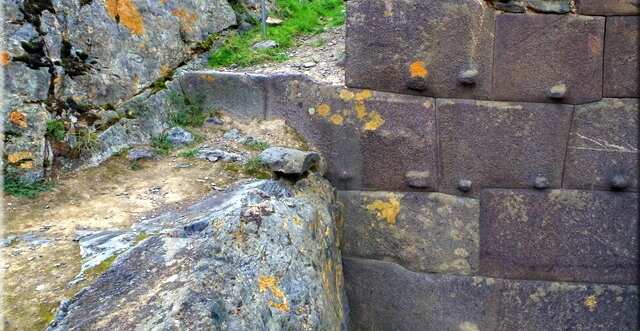

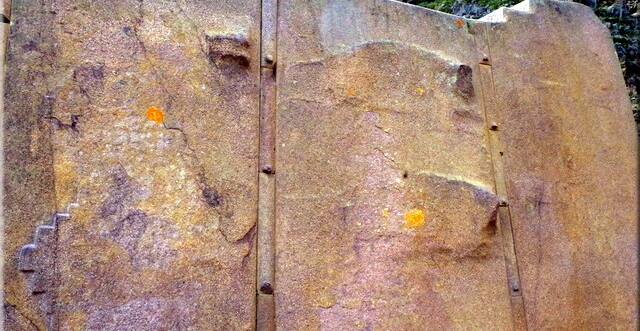

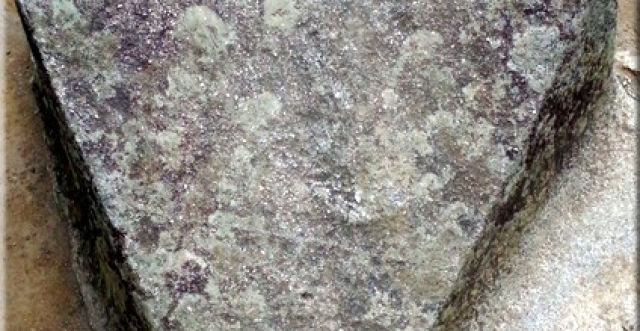
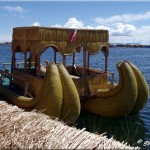
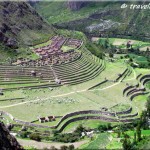
10 Comments
You really caught the precision in these photographs. I haven’t seen images of the smaller blocks that are just as impressive in their perfection as the larger ones. The curved stone in 20 caught my attention and I didn’t even see the separation of blocks in 22 until you pointed it out. Thanks for sharing the tour. in lak’ech, Debra
Thank you Debra – glad you enjoyed the images! Yes, isn’t the precision amazing! I’m hugely intrigued by how exactly they matched (fitted) the stones so well together and for example in the case of the curved stone – how did they measure the curve so perfectly? So many questions! impressive is an understatement. In 22 there’s also a vague design (an Inca Cross) on the left stone which fades away into the stone and this must have been carved in purposefully as a motif for visual pleasure – (or for spiritual or symbolic significance perhaps?). Something else that’s interesting is the “knobs” or “handles” on some of the stones – 19, 20 & 21 – I wonder if they were just for design, or maybe to make it easier to manoeuvre the stones, but in 22 it seems to be for aesthetics specifically – they look like “rivets” you would find on a metal sheet… Also I think it’s quite interesting to see the improvement in their skills over time – in terms of how their precision progressed, from pre-Inca (3), to Inca (4), to Inca Imperial (5)!
Wow–what fantastic photos Jean-Jacques! You really captured the architectural details and gave me a far better understanding of the skill involved in their buildings than I’ve ever seen elsewhere. Great job! And like you, those issues you mentioned all interest me as well. And that there were 3 different styles/periods even existed. I did not know that. Hopefully someday you will do a photo-journalism book–a hardcopy that people can hold and marvel over. You have a great gift, my friend, and a great eye. Thanks for sharing it.
Hi Rebecca! Thank you for commenting and the compliment! Nice idea about the photo-journalism book – I’ve set a mental bookmark and will keep it in mind (and make sure I preserve my photos for a possible future project). I also did not know about the 3 different periods, so when the guide at Machu Picchu pointed it out, it was quite exciting to capture the visual progression – and these walls were all close together, so very clear to see. A quick note of interest might be that in fact both these sites were extremely crowded on the days I were there (New Year’s Holidays) – and taking photographs without any people (tourists) in the pictures was quite a challenge, so I was happy when I came back and when I went through all my shots I found that I had enough to compile a proper gallery.
Thanks for the superb photos of the extraordinary skill of these masters and also the interesting information.
Thank you Marilyn! For visiting and commenting. Always appreciated.
I’m so happy to hear that you made it to Peru!!!
Your photographs are incredible – and I’m sure that your personal realisations and experiences while there are even more beautiful!
Look forward to seeing more!
🙂
Hey Liv! Peru was phenomenal! I was there for 2 weeks, but it felt like a month – and I’m still there in a way.. I’m planning to go back – hopefully later on this year. Most likely the next batch of photographs will be of my next trip. Thank you for visiting – I’m really glad that you enjoyed the pictures! 🙂
What’s a beautiful country Peru!!!
You made nice photographs – Later I and my family hope to go there too!
The architectural details are incredible!
Thanks for sharing it and Look forward to seeing more!
Hello Paulo! Thank you for visiting and commenting! I highly recommend
Peru as a photography destination – spectacular! I hope you manage to go!